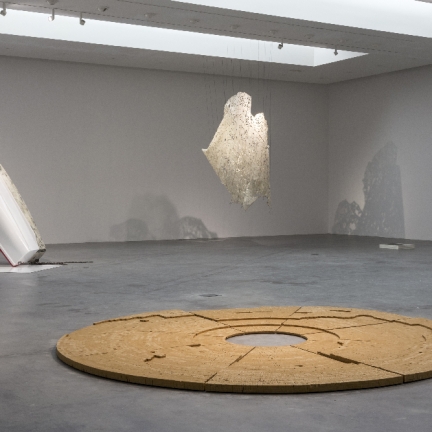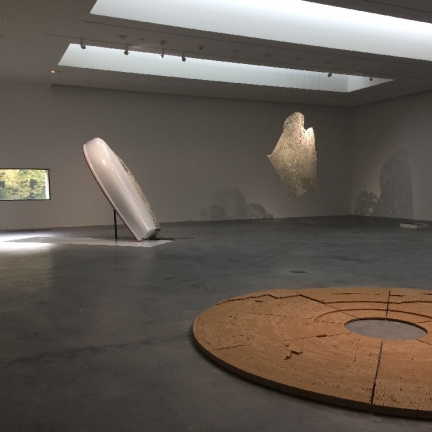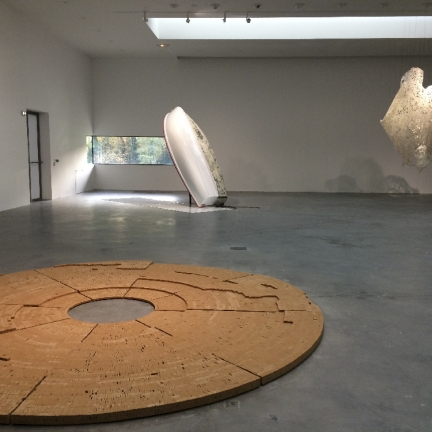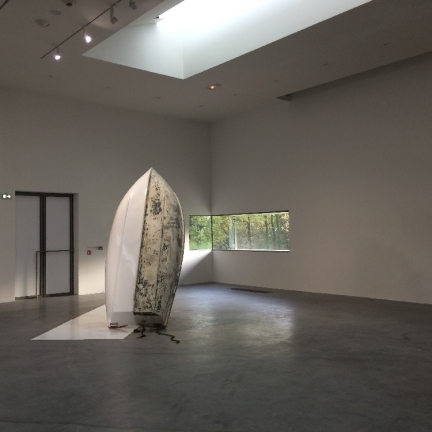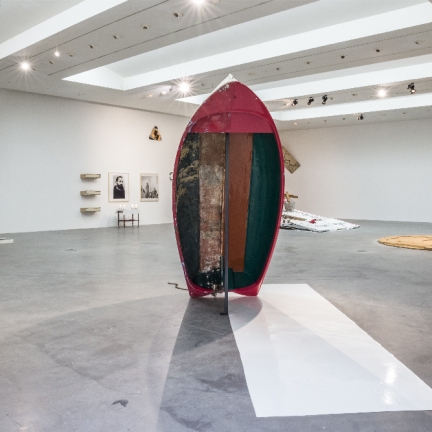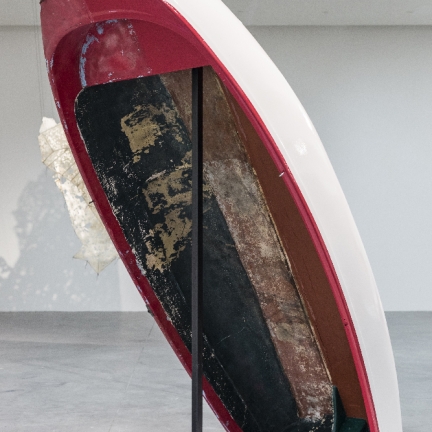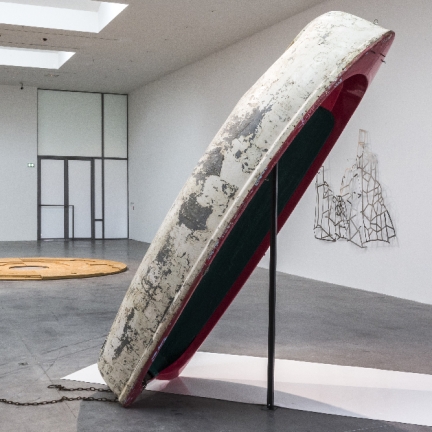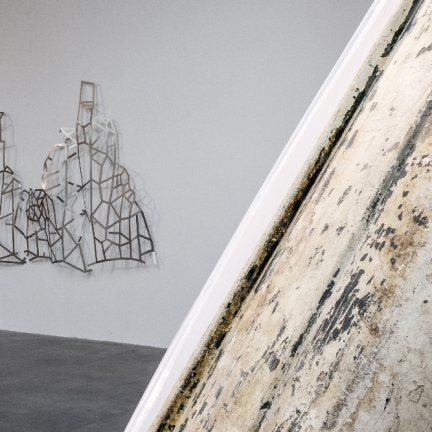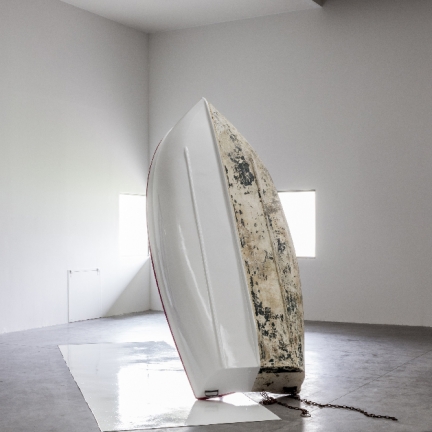31st INTERNATIONAL ART STUDIOS FRAC DES PAYS DE LA LOIRE
The way things fall
Danilo Dueñas, Herlyng Ferla, Verónica Lehner, Rosario López and David Vélez
a residence exhibition project curated by Alejandro Martín Maldonado
The residency is conceived as a campus to think about sculpture as the relationship between the object and the body in space. I like to think Latin American Art as a leading branch of Western Art, where it makes a turn, developing a phenomenology that includes a wider context and enriches the practice by being more attentive to the ground it takes place in.
“The way things fall” is taken as a premise that should ignite some first thoughts: it tells a story, brings out a sound, puts the spectator in a position, speaks about the weight and the burden, links the actual situation to something that happened before, presents some tension.
It can make you think of very concrete situations: a mountain that turns into an avalanche, a ceramics piece that breaks in a million pieces, someone falling by stumbling on a stone.
A house that was built and inhabited falls apart when it is left on its own.
It has a strong metaphorical sense: we use it in times of crises, when everything that was supposed to be in one way becomes otherwise against us. It has also some paranoiac sense: there are moments when we feel everything will fall apart; and even if it doesn’t happen, we can hear how it cracks.
“The way things fall” gives us a clue to address sculpture as something linked to sense and meaning of things, to conceive them at the same time ordinary and mythical. Specifically, it makes us link the object to the space it inhabits, to the person that interacts with it. It forces us to take into consideration how everything habits a longer time and how that breaks the illusion of the sculptured object as the same forever: it has a past where it was something else and a future when it will never be what it was meant to be.
This broader look wants to bring forth the position of Latin-America art, it learns from the way Brazilian artists challenged the history of sculpture and abstract art. How they did it by embedding art objects in a bigger context that noticed the way people live in the city, the differences that are established between the social classes by the way people build their homes and habit the urban spaces. Something that is also connected to the way artists from the south of the continent, Uruguay, Argentina and Chile, in the context of repression and dictatorship, twisted the post-modern turn of art, not into the self-referential attitudes of northern conceptual art, but into the political possibilities of the linguistic, non-objectual approaches, linked to actions, disruptions and the ways to alter and address propaganda in critical modes.
From there, we can point out some features of actual Colombian interest in sculpture and its links to new ways to approach painting and sound art:
Rosario López and her precise approach to investigate landscapes and reveal, by researching with different materials, the sophisticated mathematical structures embedded.
David Vélez and how he has turned his interest in sound recordings into a reflection on the interactions of things, and specifically the materiality that produces the sound.
Herlyng Ferla and his minute observation of everyday objects, examining some of their deep possibilities, extracting the intimate life they conceal.
Verónica Lehner and how she transposes her physical approach to painting into an observation of relationships of urban detritus and the way exteriors collect the stories of things.
Danilo Dueñas and his profound recollection of the history of painting, deconstructed by turning spaces upside-down revealing the depth of surfaces.
In this residence, by exchanging conversations and readings, by working together on the space and its surroundings, we want to address the relationship of sculpture and performance. Trying to forget the idea of an exhibition as a series of separated works, we want to examine sculpture as a process, where what really matters are the interactions between each other, and the time we can reveal by taking into careful consideration the space we are invited to inhabit.
